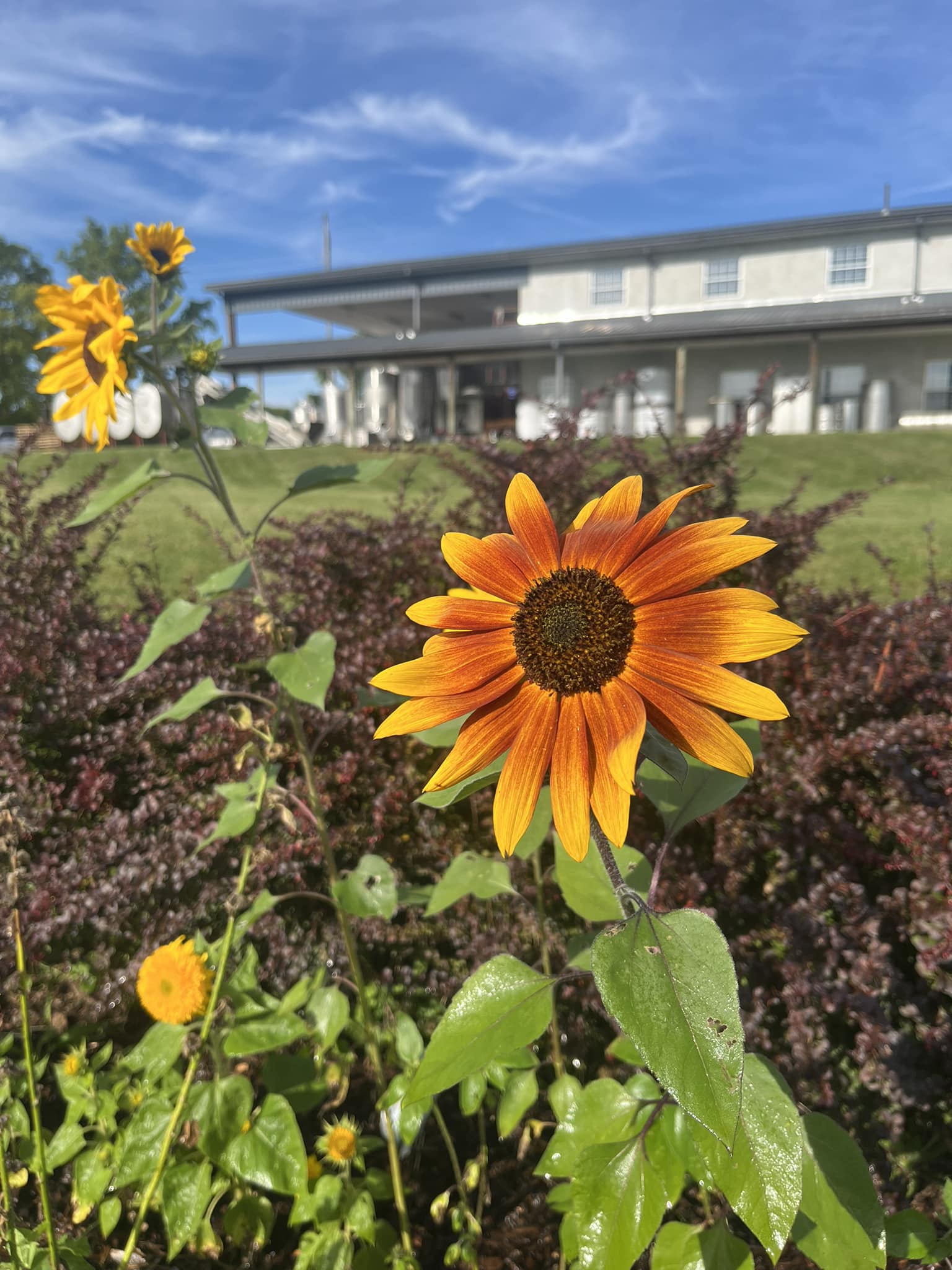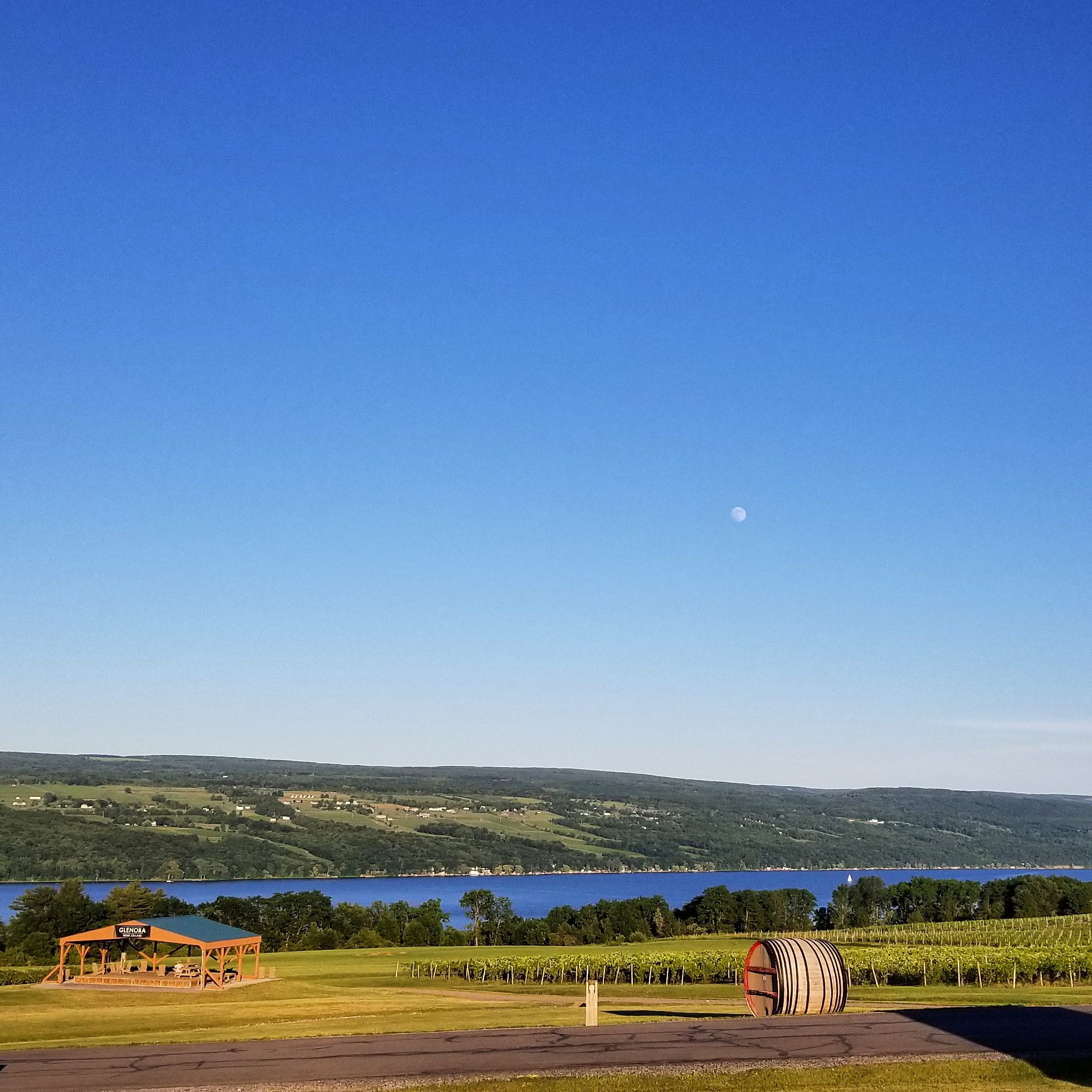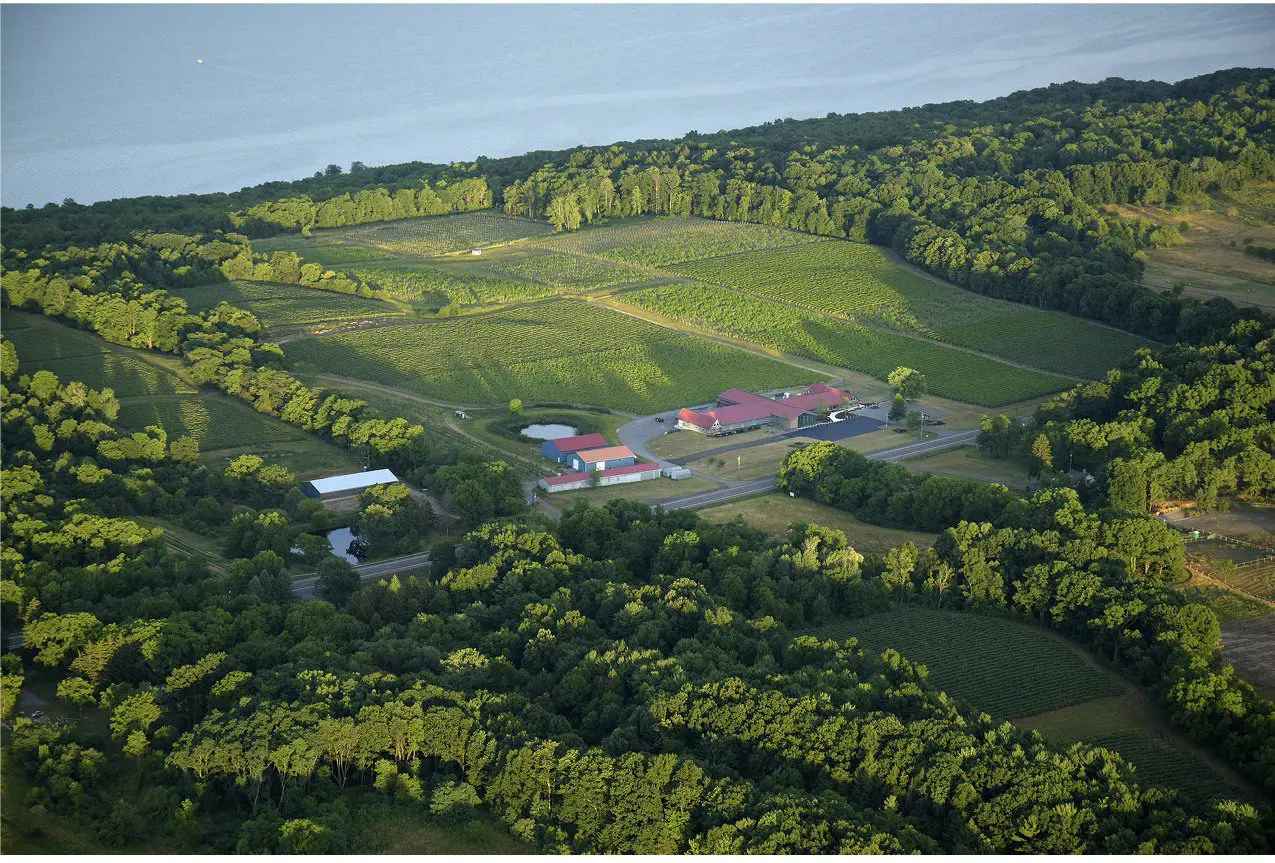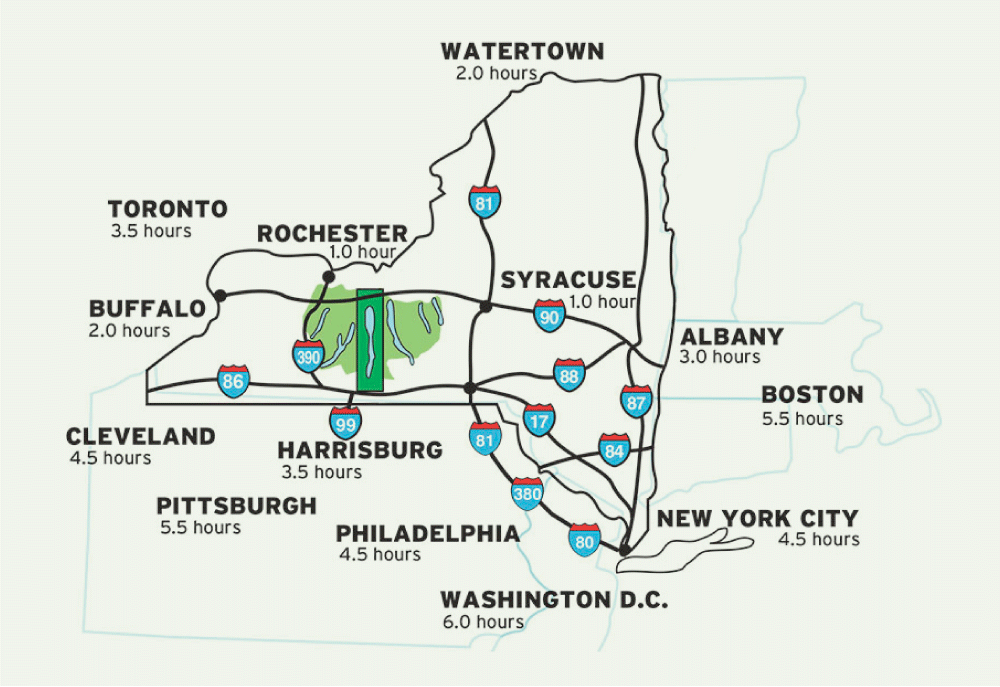Updated September 2024:
The New York Sustainable Winegrowing program is a comprehensive program that includes educational events and resources as well as an official certification process for vineyards who are seeking to advance their environmental, social, and economic sustainability. Certification is based on science backed regionally defined standards and independent third-party audits so you can feel confident in the wine you are drinking. There are dozens of Finger Lakes wineries certified already, with more on the way.
Certified Seneca Lake Wine Trail members include: Anthony Road Wine Company, Atwater Vineyards, Boundary Breaks, Caywood Vineyards (Doyle Vineyard Management), Fox Run Vineyards, Lakewood Vineyards, Lamoreaux Landing Wine Cellars, Three Brothers Wineries + Estates, and Wagner Vineyards
——————————————————————————————————————–
April 2023
Sustainability may seem like a new concept, but it, along with environmental stewardship, have long been pillars of the Seneca Lake wine industry. Seneca Lake Wine Trail member wineries are dedicated to farming in a way that will allow future generations of grape growers and winemakers to continue to flourish while mindfully considering the impact that these activities have on the land.
At Fox Run Vineyards, Jessica Worden adds, “As business owners, our family is keenly aware of the impact we have on the community and the environment. Our mission is to reduce our environmental impact through meaningful and consistent changes to our business each year. We focus on growing our grapes in a way that meets the needs of the present, without causing damage that we cannot reverse to our land.”

Since pests and environmental pressures such as mold and fungus are part of life in agriculture, the vineyard team at Fox Run exclusively use biodegradable herbicides, pesticides, and insecticides.
They practice “dry farming” – meaning they don’t use any irrigation and they’ve introduced mycorrhizae fungi into their root systems, which increases the size of the root systems, bringing in more water and nutrition to the vines and soil.
To enhance soil vigor and prevent erosion, they plant and maintain deep rooted rye grass between the vineyard rows. Fox Run Vineyards also became a certified Lake-Friendly Farmer in 2002. This means that none of their farming practices negatively impact the water quality of Seneca Lake.
Their dedication to being environmentally friendly goes beyond the vineyards, though. Their bottle crusher turns glass bottles to sand that is then spread in the vineyards, diverting them from local landfills. To support the local pollinator population, they planted a 4-acre monarch butterfly and bee sanctuary and established bee hives nearby. In 2015, they installed solar panels and they’ve been running on 100% self-generated solar power ever since.
Finally, they use all compostable products/tableware in their café, and even their plastic shrink wrap is recycled and repurposed into synthetic building materials.
***
At Ventosa Vineyards on the northeast shore of Seneca Lake, they utilize cover-cropping, allowing predatory insects to control pests, reducing – and in most years, eliminating – the need for any chemicals. Their Vineyard Manager Roberto uses an organic fungicide as part of disease control. Their hand-picking methods reduces fuel usage and provides more jobs than machine harvesting, and they also compost all of their vineyard organic waste.
***
At Anthony Road Wine Company, their beautiful gardens offer more than aesthetic value. They provide a diverse habitat for pollinators and birds alike. Tasting Room Manager Liz Castner shares, “From fruit trees to flowering shrubs, herbs and both perennial and annual plants, there is plenty of good stuff for our insect friends to find and human guests to observe, learn, and maybe even taste.”

***
When we say environmental concerns have been paramount in the minds of many growers since the early days, we need look no further than two of the oldest vineyards on the lake: Glenora Wine Cellars and Wagner Vineyards.
Glenora partnered with the Rochester Institute of Technology (RIT) and the New York State Pollution Prevention Institute (NYSP21) to conduct a large-scale, 2 1/2 year assessment, during which staff from RIT and NYSP21 visited Glenora to observe and monitored the various wine operations.
This assessment resulted in a number of changes including the elimination of the use of filter-grade diatomaceous earth (DE) for lees filtration in the winemaking process. If not properly handled and disposed of, DE can be toxic to humans and negatively impact waste water systems. Glenora purchased an E-FLOT floatation device, which eliminated lees filtration and the use of DE at their facility. They also purchased a cross flow filtration unit, at a hefty price tag ($105,000), but significantly reducing the use of filter pads that eventually had to be disposed of in landfills.

Glenora also contracted with New York State Electric and Gas (NYSEG) to audit electric use and monitor the efficiency of electric motors used in running winery equipment. Having that knowledge allowed the Glenora Team to better use the equipment reducing high demand peak periods thus saving energy and money.
Other efforts include: a very structured recycling program in place, which greatly reduces what leaves Glenora and goes to landfills. During the high traffic visitor season their on-site restaurant saves food scraps which are given to local farmers to be used as feed for their pigs, thus further reducing the waste flow to landfills. During harvest, pomace (skins and seeds from the pressing of the grapes) is stockpiled to be used as mulch or to be used organically to reduce the pH of soil.
***

Wagner Vineyards was the second winery to open on Seneca Lake. Being on a steeply sloped site, erosion is one of the main concerns of their vineyard management. To that end, they implement an array of grasses and other cover crops in the middle of vineyard rows to keep topsoil from making its way into the lake. One of those cover crops is organic hay, which they grow and bale themselves on their more than 150 acres of hay fields on the farm. It’s pretty fascinating to see and learn about.
Like other wineries on Seneca Lake, they dry farm meaning they do not irrigate their vineyards. The hay described above helps retain moisture in drought years. Installation of perforated pattern drain tile four feet below the surface helps mitigate an abundance of water during snow melt season or particularly wet years.
They have also installed more than 800 solar panels across their outbuildings and cafe. These panels provide about two-thirds of the energy they need to operate each year.
In addition, despite a very large footprint (their farm spans 600 acres), only 240 of those are planted to grapes at Wagner Vineyards. A large chunk of the farm remains wild, helping foster the biodiversity they know is necessary to maintain true stewardship of this land.
***

At Lakewood Vineyards, they’ve been sustainable since the founding of their farm in 1951. In fact, Lakewood Farms was the first New York vineyard to receive the New York State AEM (Agricultural Environmental Management) Award. It’s New York’s highest environmental award for wineries.
Solar panels were installed in 2012 and now 80% of the cellar’s energy comes from the sun. The cellar and warehouse uses LED lighting and we carefully select glass for the wines that will reduce the emissions footprint of transportation.
In the tasting room, all wine bottles and tasting sheets are recycled. The cardboard from the case boxes is repurposed as shipping materials and their shrink wrap from anything that goes on pallets or the like, is also recycled.
***
At Three Brothers Wineries & Estates they have used Integrated Pest Management (IPM) from the beginning. As their Vineyard Manager Nate Crawford shares, “IPM uses tools such as phenological stages of plant and/or pest growth, as well as scouting to know when disease pressure is actually a threat. These tools allow the grower to maximize the effectiveness of sprays and also reduce the use of sprays and ‘spraying on a schedule’. We also utilize economic thresholds to decide if we should spray or not. These thresholds are developed by Universities to know how much of a certain pest actually has an economic impact on the plants. If the pest level is below that threshold, no action is required.”

Nate adds, “IPM also includes cultural practices including shoot positioning, and leaf pulling help increase ripeness and create conditions (better sunlight and air flow) that help discourage the growth of various diseases.”
Even tractor usage is carefully managed. They do multiple jobs in one tractor pass when possible and run at the lowest RPMs possible for each job. These efforts help reduce fuel usage. They also compost all the pomace from grape processing, spent grains from the brewing process, and most of the coffee from the café.
As with most things at wineries, these efforts at Three Brothers are ever-evolving. In the future they plan to bring in more organic and biological materials to help reduce the use of conventional pesticides, and experiment with under-row cover crops to reduce herbicide usage. They’re also working to add pollinator habitat, bird houses to create homes for local birds (who don’t travel in flocks or eat large quantities of grapes), and reduce fuel consumption by reducing mowing in the vineyards.
***
Atwater Vineyards continually strives to reduce their footprint and decrease their environmental impact.
The basis for a sustainable vineyard is healthy vines and balanced crop loads. They endeavor to move toward a low or no till system to preserve and nourish biodiversity. They mulch between the rows and compost made on the farm to continue to build and replenish the organic matter. They’ve also invested in infrastructure (such as vineyard tile/drainage), which will help to ensure the longevity, productivity and quality of their vineyards. They have been running trials for several years utilizing mostly biological (non-synthetic) fungicides. They’ve incorporated some into their conventional disease management program, and their crew actively participates in a group of local vineyardists who meet regularly to discuss their efforts to move in a more sustainable direction.
They also strive to implement sustainable business practices beyond the vineyard. They accomplish cold stabilization naturally via their well-insulated cellar’s ambient temperature, dramatically reducing their electricity usage. They’ve eliminated caustic soda products in our sanitation program protocol and replaced them with biodegradable sodium carbonate and non-caustic descaling products.
During harvest, they collect organic waste for composting, and it’s later used in the vineyard. They also use Eco-Series® wine bottles from their glass supplier, Waterloo Container. These bottles use less raw material, including up to 75% recycled glass, and require less energy to produce and transport.
Many of their wines are already “naked” (without capsules) and they’ll continue phase out capsules on all of their bottles. By eliminating the capsule they are reducing waste.
*****
Looking ahead, with the increasing impact of climate change, the importance of environmentally-sound and sustainable practices becomes all the more paramount, and it will remain central to the decision-making at wineries around Seneca Lake.
Remember, we all have the opportunity to play a role: to be part of the problem or part of the solution. We are choosing the latter, won’t you join us?
The Seneca Lake Wine Trail is easily accessible and convenient to get to! Whether you are a New Yorker coming in for the day or traveling from farther away, we are an experience you won’t want to miss!

(607) 535-8080 • info@senecalakewine.com
PO Box 437
Watkins Glen, NY 14891
Copyright © Seneca Lake Wine Trail • Site Design and Development by Flourish Design Studio